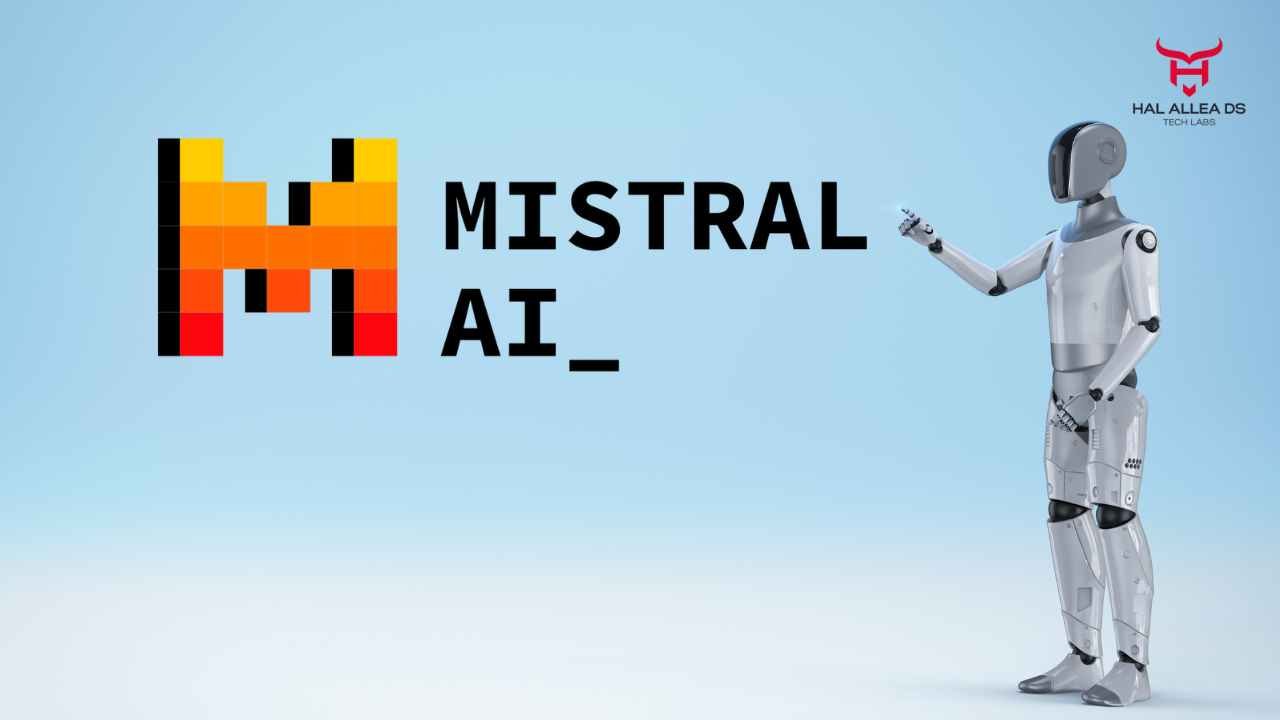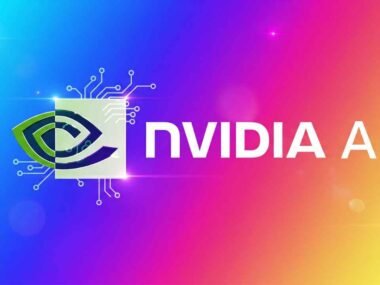In July 2025, Paris-based artificial intelligence startup Mistral AI announced its newest foundation model, “Mistral Large 3,” claiming benchmark performance on par with and in some cases surpassing OpenAI’s GPT-4. The news set European tech circles ablaze, and investors piled in. Mistral, barely two years old, is now valued at $8.1 billion after its latest funding round, up from just $2 billion in late 2023.
But the hype also reveals a brewing controversy. Can a smaller, open-weight European player realistically challenge OpenAI, Anthropic, and Google DeepMind firms backed by Microsoft, Amazon, and Google’s trillion-dollar war chests? The stakes stretch from venture backers hoping for outsized returns, to enterprises betting their AI roadmaps on the next big model, to government regulators eager to promote “sovereign AI” outside Silicon Valley.
The Data
We need to ground the excitement in facts, not just rhetoric.
- Mistral’s “Large 3” model reportedly scored 88.5 on the MMLU benchmark, edging out GPT-4’s widely cited 86.4, according to data released by the company (though independent auditors have yet to fully validate the claim).
- According to Stanford’s 2025 AI Index, AI model training costs have climbed 40% annually since 2020, with frontier models often exceeding $100 million in compute resources. Mistral claims it has slashed inference costs by one-third without compromising accuracy.
- The startup is growing at a breakneck pace. According to Bloomberg, Mistral’s revenue is projected to hit $210 million in 2025, mostly from API subscriptions and enterprise contracts—a microscopic figure compared to OpenAI’s estimated $3.5 billion this year, but astonishing for such a young company.
- CB Insights data places Mistral as Europe’s second most valuable AI startup (behind Germany’s Aleph Alpha), with cumulative funding now surpassing $1.3 billion. That’s a meteoric trajectory for a company founded less than three years ago.
- Survey data from Stack Overflow’s 2025 Developer Trends Report shows that 22% of European developers have experimented with Mistral’s open models, compared to just 7% last year. In contrast, over 65% still rely primarily on OpenAI’s GPT series. The delta may be narrowing faster than expected.
Here’s the thing: Mistral’s data looks strong when framed against peers at its age, but tiny when compared to the entrenched leaders. Analysts warn that headline benchmarks don’t always translate into real-world adoption. And adoption, not just performance, is what builds empires in AI.
The People
Behind the numbers are strong, sometimes conflicting voices.
A former OpenAI researcher told Forbes, “Mistral is clever. They’re exploiting OpenAI’s Achilles heel: closed models. By releasing open weights and publishing performance data, they’re winning developer trust, even with a fraction of the resources.”
Inside Mistral, confidence runs high. CEO Arthur Mensch, in an interview with Le Monde, claimed: “This release proves Europe can lead in AI, not just follow. Our commitment to open innovation isn’t just philosophy—it’s a competitive strategy.”
Enterprise leaders are cautiously intrigued. A CTO at a major German automotive firm told Forbes: “We like the idea of an open European AI provider, especially given EU regulations and data sovereignty. But let’s be real—the ecosystem, tooling, and maturity around OpenAI are still ahead. Switching isn’t trivial.”
Even regulators are chiming in. A European Commission official described Mistral as “a necessary counterweight to U.S. dominance in AI infrastructure.” Yet others in Brussels quietly concede Europe lacks the capital firepower to sustain AI scale wars without massive subsidies.
And the developers? Many are caught in the middle. One engineer at a fintech startup posted on X: “I want to support Mistral, but their API still breaks occasionally. GPT-4 feels boring but reliable.”
The Fallout
This is where the rubber meets the road.
Investors see potential, but also risk. Several venture funds are quietly modeling scenarios where Mistral burns more than $500 million annually just to keep pace with model training demands. Unlike OpenAI, which enjoys Microsoft Azure’s billions in subsidized compute, Mistral must negotiate with third-party European cloud providers or U.S. clouds that may not fully align with its “sovereign” positioning.
For enterprises, adoption is not just about performance, it’s about trust and stability. CIOs worry about vendor viability. If Mistral stumbles financially, adopting its models could be a short-lived experiment with high switching costs.
Meanwhile, U.S. giants aren’t standing still. OpenAI is expected to launch GPT-5 this fall, with better efficiency and GPT-native integrations via Microsoft Office. Anthropic just signed a rumored $2 billion strategic alliance with Amazon, ensuring Claude models will be deeply embedded in AWS cloud services by Q4. Every step Mistral makes forward looks dramatic, but the ground under them shifts constantly.
There’s also a cultural clash. Some developers praise open weights for transparency; others worry about misuse. Governments fear open-weight models might accelerate disinformation campaigns. One senior European diplomat even admitted: “We like the sovereignty narrative, but every open-weight release sparks a national-security headache.”
Here’s the kicker: analysts say this battle isn’t just about who builds the “smartest” model, but who controls the distribution channels. OpenAI’s partnership with Microsoft means integration into Office, Teams, and Azure pipelines. Mistral, by contrast, is being built into open-source ecosystems and community infrastructure. The fallout could be a bifurcation of AI tooling, with enterprises torn between polished closed systems and chaotic-but-powerful open ones.
Goldman Sachs analysts wrote recently: “If Mistral converts its open advantage into enterprise contracts, we could see deflationary pressure in the commercial LLM market by 2026. That alters revenue expectations for OpenAI, Anthropic, and Cohere.” Translation: Wall Street is watching closely.
For employees at Mistral itself, the pressure of being Europe’s “AI hope” is showing. A recruiter close to the company hinted at attrition: “It’s hard to keep talent when Google dangles million-dollar comp packages. There’s patriotism, sure, but also paychecks.”
Here’s the uncomfortable part: if Mistral becomes too successful, it risks regulation aimed at curbing its very openness. If it fails, Europe loses its most credible shot at an AI leader.
Closing Thought
Mistral’s newest model is undeniably impressive, and the buzz it’s generating feels different from past European tech hype. For now, it represents the most credible challenge to OpenAI’s dominance—one built on transparency and sovereignty rather than secrecy and tight corporate integration. Still, questions loom: Can a relatively small European startup keep pace with trillion-dollar U.S. incumbents who control the compute, distribution, and enterprise ecosystems?
In other words, Is Mistral truly the OpenAI competitor Europe has been waiting for, or will it become just another bright comet that burns fast before fading into Silicon Valley’s shadow?












